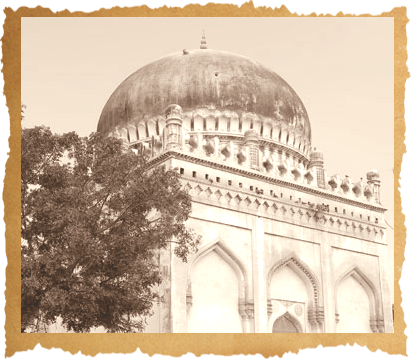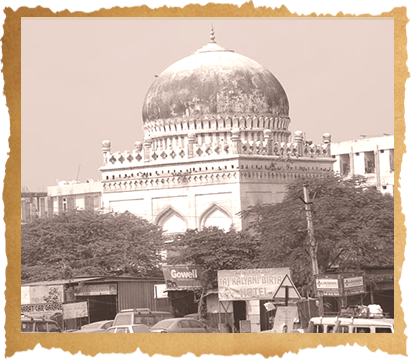
Amin Khan’s life was steeped in good will and kindness as narrated on the walls of his tomb. Though Khan was a Sunni Muslim whose family had been in the area for at least Four generations (Great grandson of babur, grandson of Shaikh Humayun, son of Shaikh Bare, and nephew of Akbar the Great), he uplifted those around him regardless of religious differences. Hinduism, Veerashaivism, Jainism, and Islam thrived in the area. The most well-known account of his relationship with peoples of other backgrounds can be found in his interactions with the Hindu Brahmins. Khan established a Brahmin village in his domain and Waived of taxes from its residents.
Ever the caretaker, Amin Khan took the initiative and created a 300-acre lake( Largest man made irrigation tank in 16th century) to irrigate gardens that he planted to supply food to needy villagers.
He also ensured there was a supply of clean drinking water, and his wife, Bade Bibi, supplied milk daily to the town’s less fortunate children. The Brahmin village was named Aminpuram in honour of the esteemed ruler and his great acts of kindness. Currently, both the village and the lake bear the name Ameenpur. Though the lake has shrunken in size, it is still a tourist attraction and birdwatcher’s paradise. Even today the goodness of Amin Khan continues to live on and bring a sense of wellbeing to those who visit the Ameenpur Lake.
Though Khan’s two most noted languages were Persian and Dakhini, he had an ardent appreciation for Telugu. In fact, he appointed his personal secretary Maringanti Appana (a Brahmin) to relay information to the poet Ponnikanti Telaganarya.Khan wanted to commission Telaganarya to write a poem in acha-Telugu, meaning the poem was to be completely Telugu with no words rooted in other languages. (This would be similar to requesting an English piece be written without words derived from Latin or French.)

Telaganarya penned The Story of Yayati, which was dedicated in its entirety to Khan, was the first of its kind in Telugu historical literature.
Amin Khan’s love for culture, literature, art, and poetry as well as his life’s accomplishments can be found amid the writings on his tomb which was completed nearly 100 years prior to Taj Mahal. He improved farming practices, bettered educational systems, and worked to empower women. In his position as an advisor to Sultan Ibrahim Qutb Shah, Khan collaborated with Sufi shaikhs, Qutb Shahi sultans, varied Telugu-speaking Brahmins, military aristocrats, and other administrators of the area. He worked not only for the people but with the people of his domain.
The 450-year-old Amin Tomb (also called Patancheru Tomb), was completed in 1568 and is a place for remembrance of a great ruler who accomplished extraordinary deeds in his lifetime. The structure bears brilliantly designed stucco work, and exquisite Persian calligraphy detailing Khan’s life is etched into the walls. An onion-shaped dome (gol gombadh) heads the tomb and is embellished with a full row of ornate petals. The grandeur and intricacy leave visitors awestruck and wondering how this historic masterpiece was built without the use of modern tools.{there is a auxiliary structure located only a few yards from the main shrine which is finished 25 years later, It is also in a state of severe disrepair.}